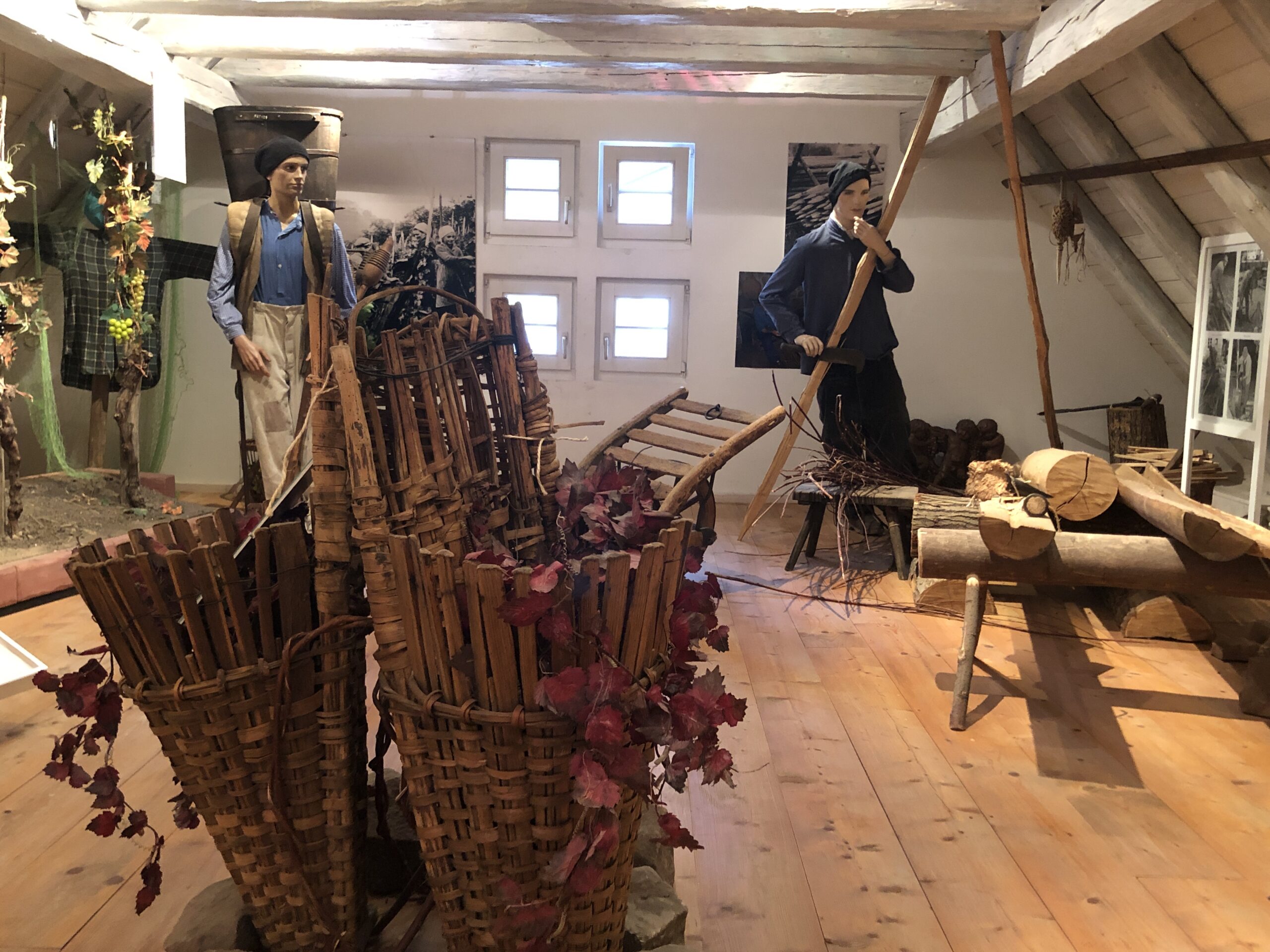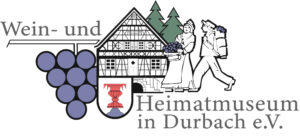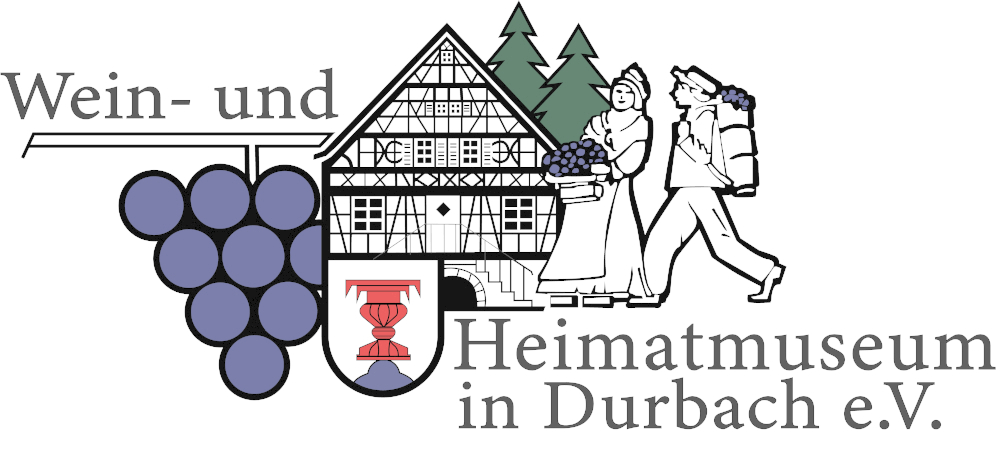280 Top floor

The attic is dedicated to winegrowing. Here you will find the historical planting, cultivation and harvesting methods and the corresponding equipment, some of which has been beautifully restored. …
Vines were always kept clean in the past, in contrast to today’s greening. This increased the risk of wash-off damage. Often the soil that had been washed away had to be laboriously carried back to the vines. In the old days, there were very few roads in the vineyards, mostly only narrow footpaths and steep stone stairs, over which all transport had to be handled, even during the grape harvest.
Vine sticks were made from the wood of sweet chestnuts, here the splitting of the sticks is demonstrated as an example. The jerk baskets were also made of chestnut wood. They were used to transport manure, soil and much more. Pruning irons were used to push the vine sticks into the ground. The embroidery iron was attached to the foot with a strap. Sturdy shoes were required for this. Various hoes, karsts and other tools for working the soil in the vineyards can also be seen here.
In ancient times, vine knives were the only tools used to prune the vines (see also the display case on the ground floor). Today, the vine knife in various shapes and sizes is often still used on “plug-in vines” to tear open the bast or the tying strings.
Later, pruning shears were used for pruning in winter or spring. The old or excess branches must be cut off by the vintner so that new shoots and branches can grow again. By pruning, the vintner can prevent excessive overgrowth or wild growth and thus also regulate the yield. Regulated, i.e. reduced, yields usually result in better quality grapes.
Pollarded willows were planted along streams and ditches and their branches were used extensively in viticulture. The bendy branches of the willows were cleaned in the parlour during the winter time. Smaller and thinner willow branches were then used to tie up the vines, thicker branches were used by the basket maker.
Vine keepers watched over order and compliance in the vines. Thus, at the beginning of grape ripening, the vineyards were closed by order of the regional council. Exceptions from the ban on walking on the vines were only made for the owners or managers of the respective vineyards.
Developing the land for viticulture used to be a laborious business. Before the use of excavators and bulldozers, the often stony terrain had to be dug up (broken up) with pickaxes and stick hoes. The crushing tools used for this are on display here. This is how, for example, today’s Plauelrain steep slope was laid out from 1859 to 1864.This is how, for example, today’s Plauelrain steep slope was laid out from 1859 to 1864. The mountain was once used for iron ore mining, and today’s Plauelrainbrunnen still uses one of the old mine shafts. The inferior forest that arose afterwards was painstakingly “stocked out” to create a vineyard.
A picture shows the creation of the first wire-frame plant. at the Zorn von Bulach vineyard, now the Graf Metternich’schen Weingut. There is also a depiction of one of the first cable winches for soil cultivation from the 1930s. Pulleys for the rope were usually necessary due to the terrain.
Another picture from 1900 shows the planting of a vineyard with “real root vines“. Vine branches were laid in a ditch and pulled up on “Krefzensteckle”. In the second year, a branch was then moved further into the ground to the next row. The soil was thus completely rooted and cultivation with the plough was not possible.
With the spread of phylloxera since 1900, the real root vines were increasingly damaged. Attempts to rid the vines of this pest by sulphur treatments in the soil with a sprayer like the one on display here brought little success. At the end of the 1920s, therefore, people began to use grafted vines for new planting. The rootstocks are resistant to phylloxera. The first refinements were carried out by the Durbach winegrowers at Staufenberg Castle, as can be seen in a picture. Finally, in the 1930s, real root vines were banned in new plantings to avoid an even greater spread of phylloxera.
It is only since 1900 that proper plant protection measures have been carried out. The various sprayers show the arduous work of the time. This heavy work had to be done with the compressed air backpack sprayer. Spray liquid and compressed air were pumped into the pressure tank with the filling pump shown. Very strong and now banned poisons were used for pest control. Today, poison is almost completely dispensed with in the vines. For pest control, for example against the hayworm or sour worm, biological agents, especially pheromones, are used. Scents in capsules ensure that the male moths do not find the females. However, spraying is still necessary for the treatment of fungal diseases. Today, sprayers are widely used for this purpose, which can be used to spray up to approx. 30 m deep into the vine rows. Today, plant protection is even more targeted with the help of drones.

